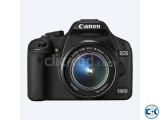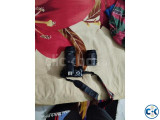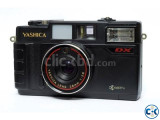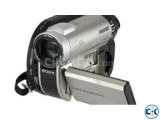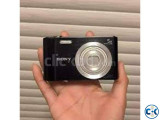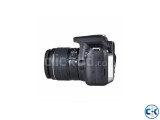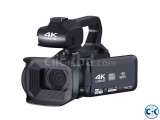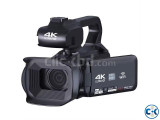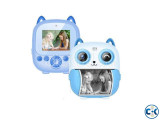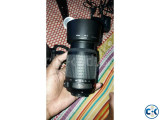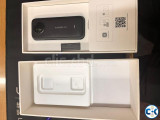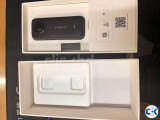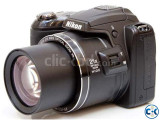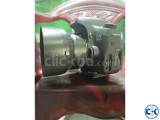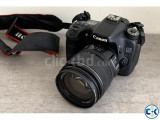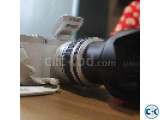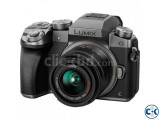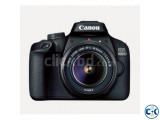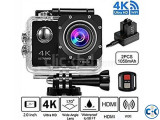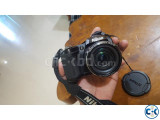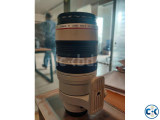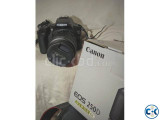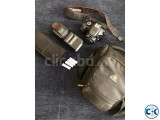My ClickBD
Brand new
Unlocked cameras For Sale
Lowest price in Bangladesh:
Seller info
Sold by:
Member since:
10 Dec 2011
Location:
Dhaka Badda
Safety tips:
Don’t pay in advance
Meet in a safe & public place
Meet in a safe & public place
Description
DESCRIPTION for Unlocked cameras For Sale price in Bangladesh
|
efers to any imaging format of 4×5 inches (102×127 mm) or larger. Large format is larger than "medium format", the 6×6 cm (2¼×2¼ inch) or 6×9 cm (2¼×3½ inch) size of Hasselblad, Rollei, Kowa, Pentax etc cameras (using 120 and 220 roll film), and much larger than the 24×36 mm (~ 1.0 x 1.5 inch) frame of 35 mm format. The main advantage of large format, film or digital, is higher resolution. A 4×5 inch image has about 16 times the area, and thus 16× the total resolution, of a 35 mm frame. In early photography, large format was all there was, and before enlargers were common, it was normal to just make 1:1 contact prints from a 4×5, 5×7, or 8×10 inch negative. The most common large format is 4×5 inches, which was the size of common cameras used in the 1930s-1950's, like the Speed Graphic, Crown Graphic, Graphlex, and many others. Less common formats include quarter-plate, 5×7 inches, 8×10 inches (20×25 cm); the size of many old 1920's era Kodak etc. cameras (various versions of Kodak 1, 2, 3, and Master View cameras, to much later Sinar etc. monorail studio cameras), 11×14 inches, 16×20 inches, 20×24 inches, various panoramic or "banquet" formats (such as 4×10 and 8×20 inches), as well as metric formats, including 9×12 cm, 10×13 cm, and 13×18 cm, and assorted old and current aerial image formats of 9×9 inches, 9×18 inches (K17, K18, K19, K22 etc)), using roll film of 4, 5, 6, 7, 9, or 10 inches width or digital sensors, view cameras (including pinhole cameras), reproduction / process cameras, and x-ray film and digital cameras. |



